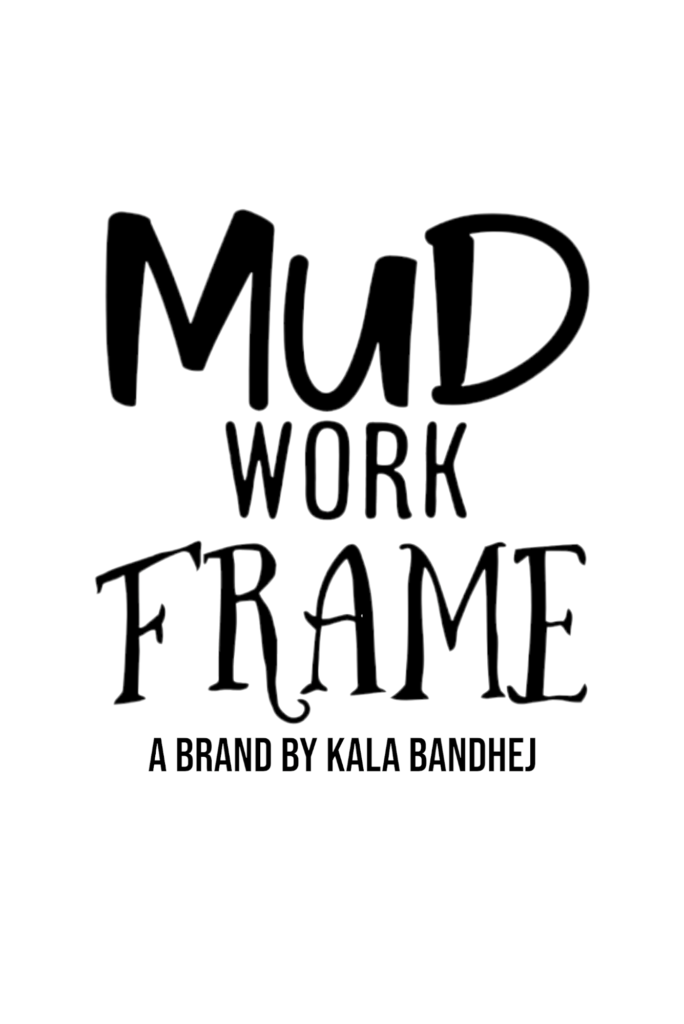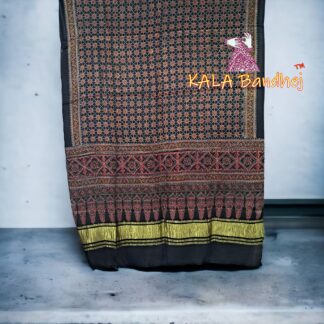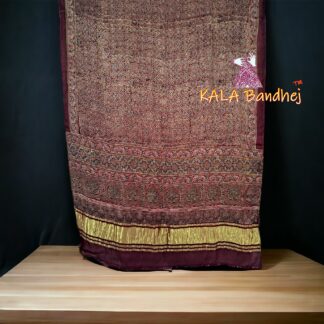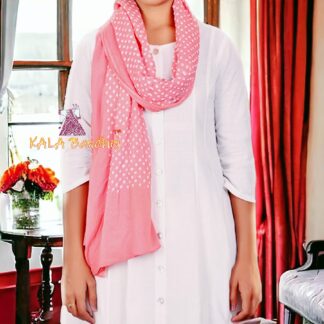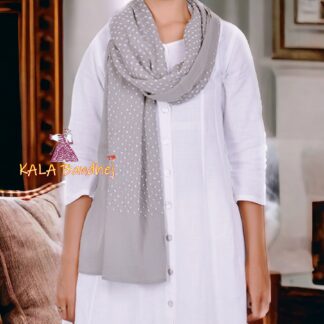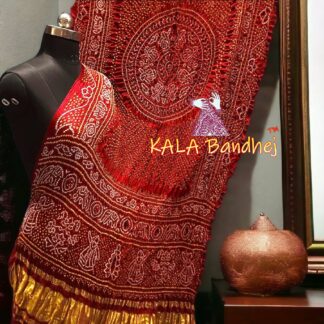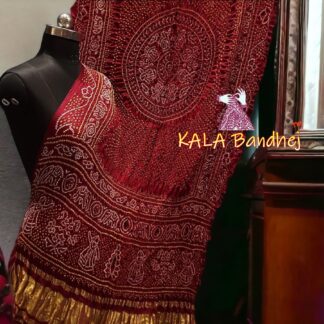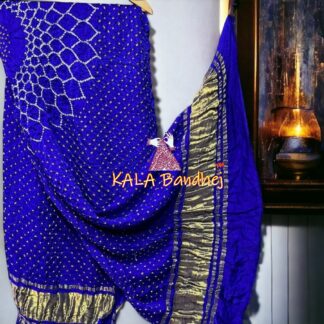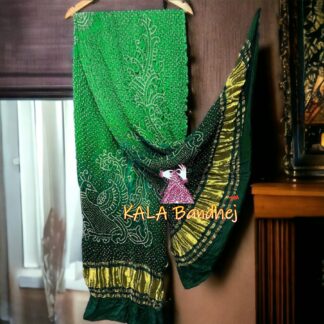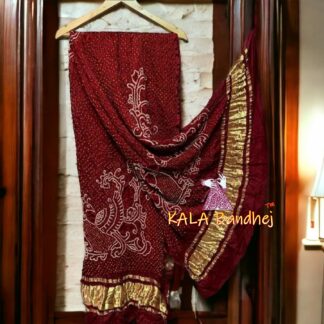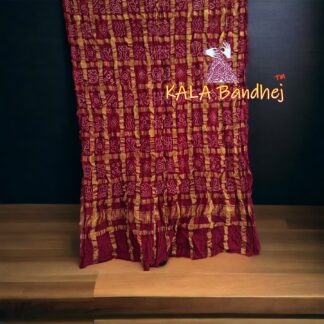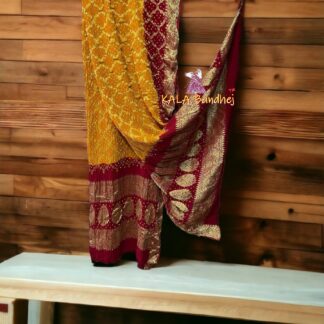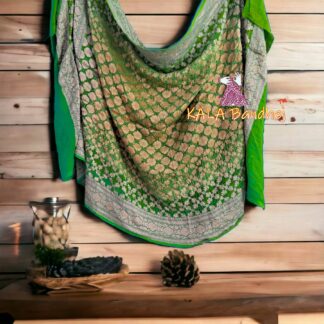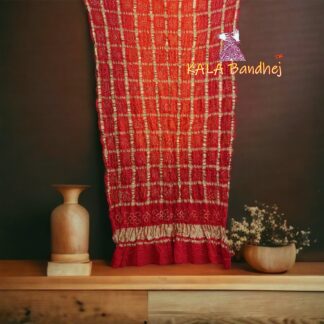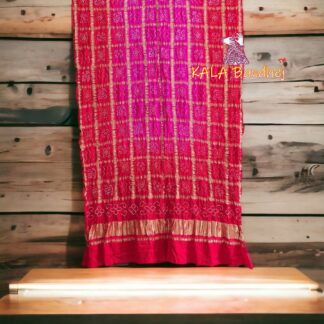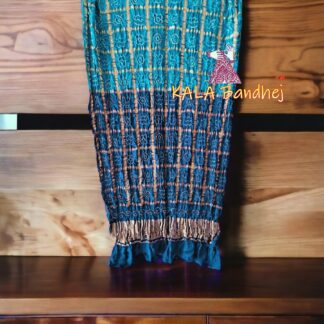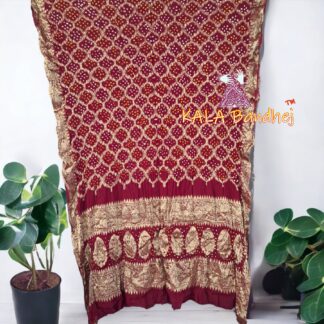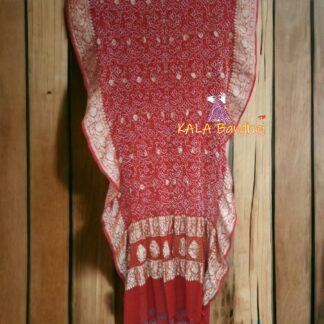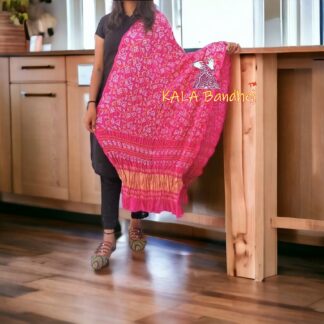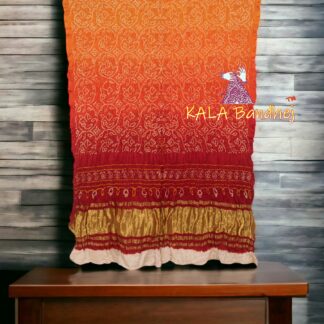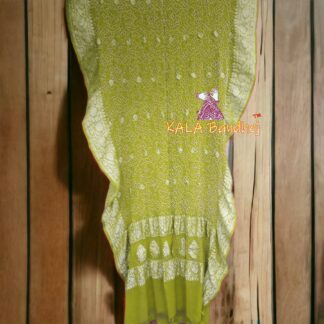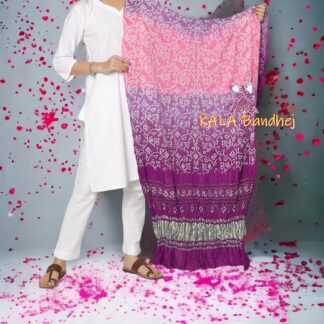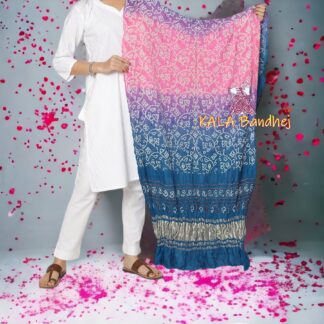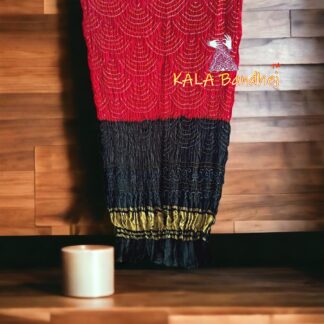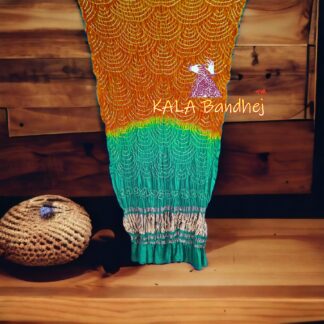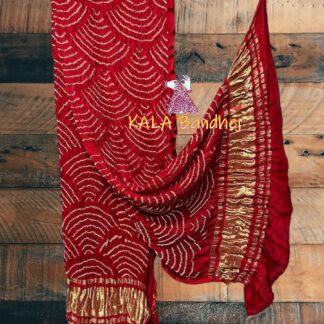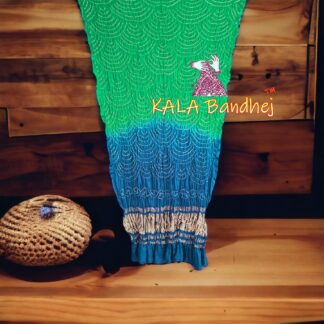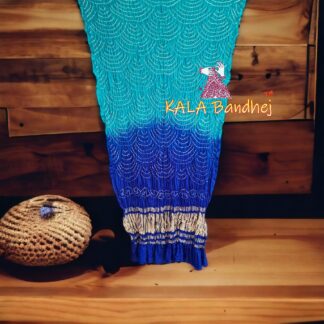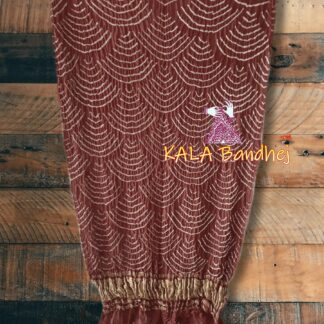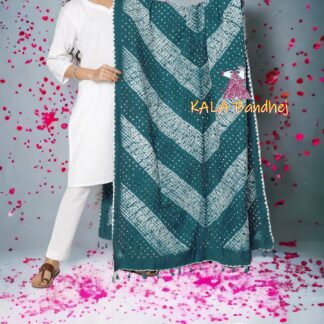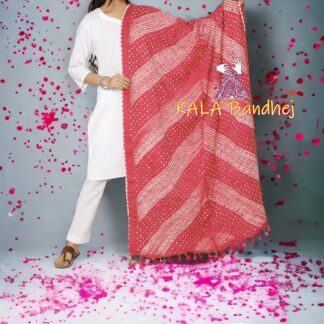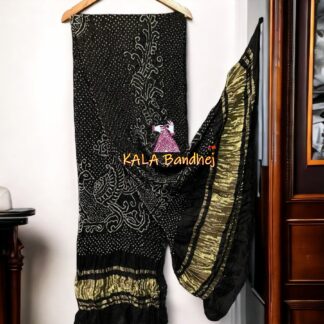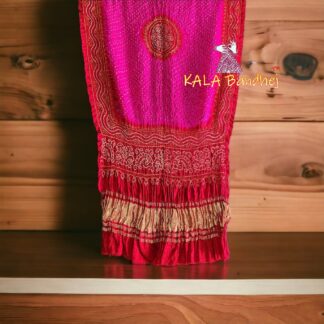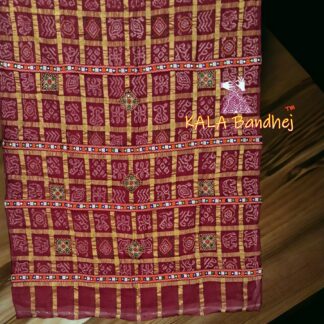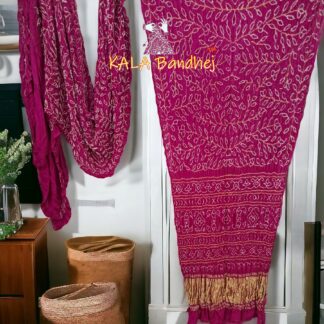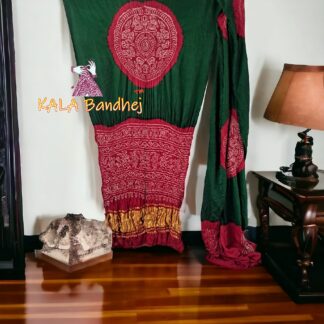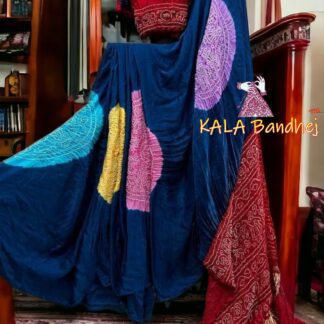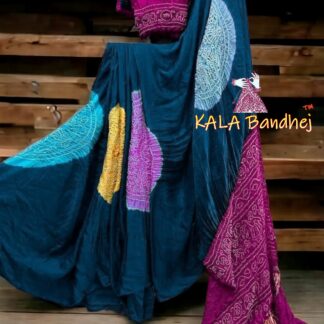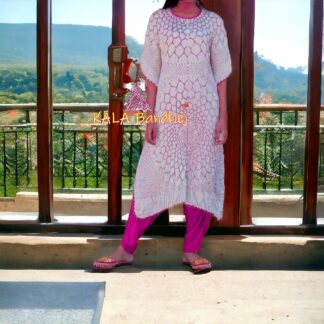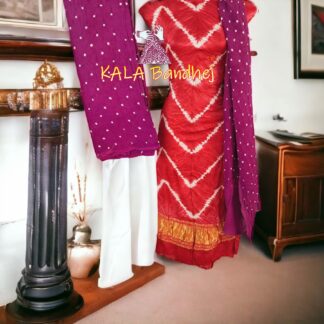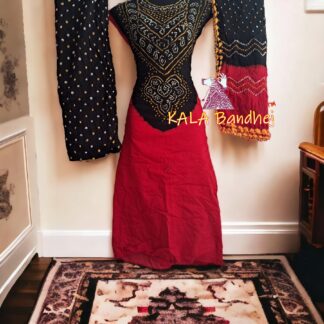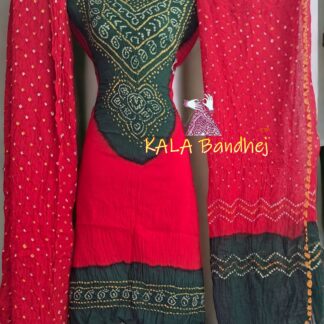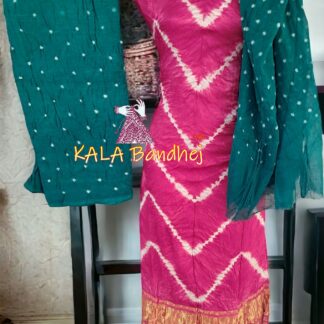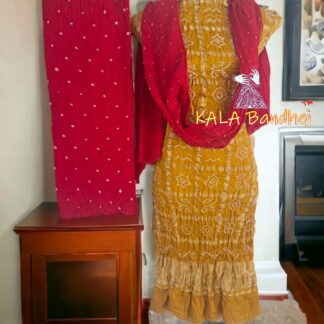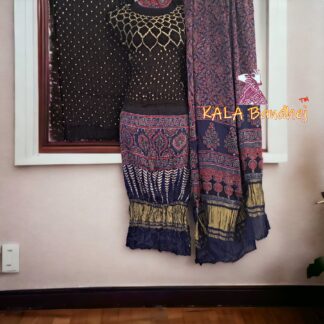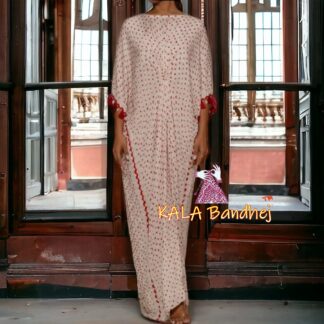- Selecting the Appropriate Clay for Mud Work Frame Projects: A Comprehensive Guide
When embarking on mud work frame projects, it is crucial to choose the right type of clay to ensure the success and durability of your creation. The selection process can be overwhelming, considering the wide range of clay options available. However, with a clear understanding of your project’s requirements and the characteristics of different clay types, you can make an informed decision.
Firstly, consider the purpose of your mud work frame project. Are you creating a sculpture, pottery, or architectural elements? Each of these applications requires a specific type of clay. For intricate sculptures, a fine-grained clay with good plasticity, such as porcelain or stoneware, would be ideal. On the other hand, if you’re working on pottery, earthenware clay might be more suitable due to its lower firing temperature.
Secondly, take into account the desired aesthetics and finish of your project. Different clays offer distinct textures and colors when fired. For a rustic and earthy look, terracotta clay is a popular choice. If you prefer a smoother and more refined appearance, porcelain clay can provide a delicate and translucent finish. Understanding the visual outcome you desire will help you narrow down your options.
Lastly, consider the technical aspects of the clay. Factors such as shrinkage rate, firing temperature, and workability are essential to ensure the success of your mud work frame project. Some clays have higher shrinkage rates, which may affect the overall dimensions of your creation. Additionally, different clays require specific firing temperatures, so it’s crucial to choose one that aligns with your kiln’s capabilities. Workability refers to how easily the clay can be manipulated and shaped, so consider your skill level and the complexity of your design when selecting a clay type.
By carefully considering the purpose, aesthetics, and technical aspects of the clay, you can confidently choose the right clay for your mud work frame project. Remember to experiment and test different clays before committing to a large-scale project, as this will allow you to familiarize yourself with their unique properties and make any necessary adjustments. With the right clay in hand, you’ll be well on your way to creating stunning and enduring mud work frame projects.
- A Guide to Selecting the Perfect Clay for Mud Work Frame Projects
When it comes to mud work frame projects, the choice of clay plays a vital role in determining the outcome of your creation. With numerous clay options available, it can be challenging to identify the right
-
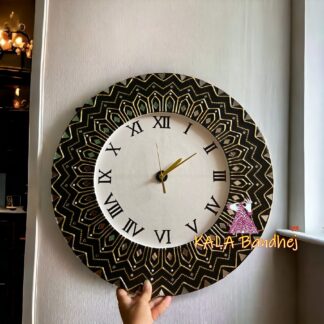
Clock Round 18 X 18 Mud Work Frame Lippan Art Hand Made Watch
Sale! Original price was: ₹8,500.00.₹4,200.00Current price is: ₹4,200.00. Add to basket -
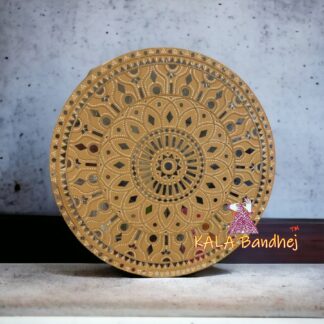
Round 30 X 30 Mud Work Frame Lippan Art Hand Made Big Wall Frame
Sale! Original price was: ₹16,500.00.₹8,500.00Current price is: ₹8,500.00. Add to basket -
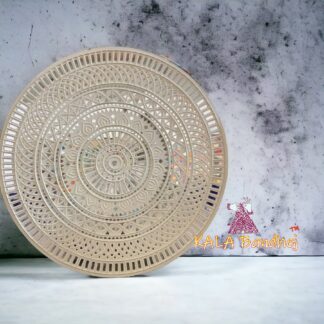
Round 36 X 36 Mud Work Frame Lippan Art Hand Made Big Wall Frame
Sale! Original price was: ₹25,500.00.₹15,500.00Current price is: ₹15,500.00. Add to basket -
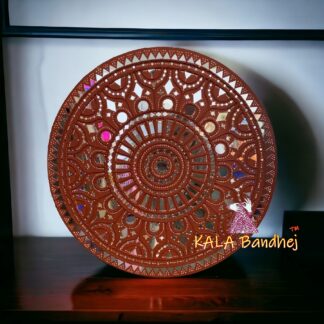
Round 30 X 30 Mud Work Frame Lippan Art Hand Made Big Wall Frame
Sale! Original price was: ₹16,500.00.₹8,500.00Current price is: ₹8,500.00. Add to basket -
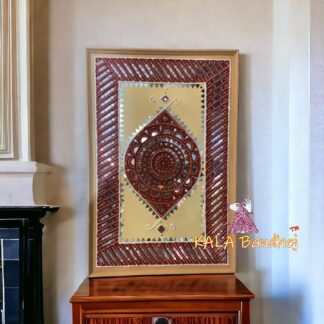
Rectangle 36 X 24 Mud Work Frame Lippan Art Hand Made Big Wall Frame
Sale! Original price was: ₹18,500.00.₹9,500.00Current price is: ₹9,500.00. Add to basket -
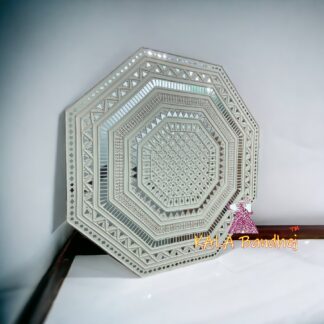
Hexagon 36 X 36 Mud Work Frame Lippan Art Hand Made Big Wall Frame
Sale! Original price was: ₹25,000.00.₹16,500.00Current price is: ₹16,500.00. Add to basket -
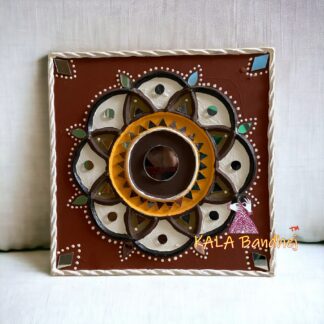
Square 6 X 6 Mud Work Frame Lippan Art Hand Made 28
Sale! Original price was: ₹2,500.00.₹790.00Current price is: ₹790.00. Add to basket -
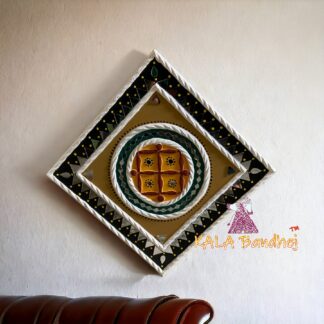
Square 6 X 6 Mud Work Frame Lippan Art Hand Made 31
Sale! Original price was: ₹2,500.00.₹790.00Current price is: ₹790.00. Add to basket -
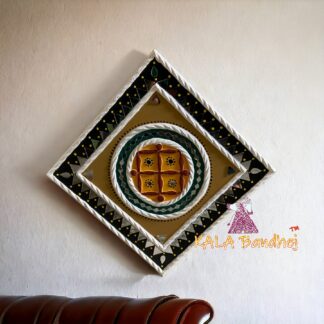
Square 6 X 6 Mud Work Frame Lippan Art Hand Made 32
Sale! Original price was: ₹2,500.00.₹790.00Current price is: ₹790.00. Add to basket -
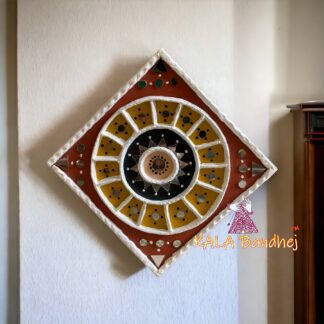
Square 6 X 6 Mud Work Frame Lippan Art Hand Made 25
Sale! Original price was: ₹2,500.00.₹790.00Current price is: ₹790.00. Add to basket -

Square 6 X 6 Mud Work Frame Lippan Art Hand Made 22
Sale! Original price was: ₹2,500.00.₹790.00Current price is: ₹790.00. Add to basket -
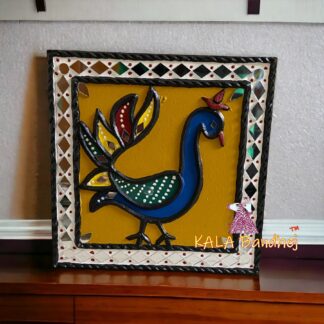
Square 6 X 6 Mud Work Frame Lippan Art Hand Made 26
Sale! Original price was: ₹2,500.00.₹790.00Current price is: ₹790.00. Add to basket -
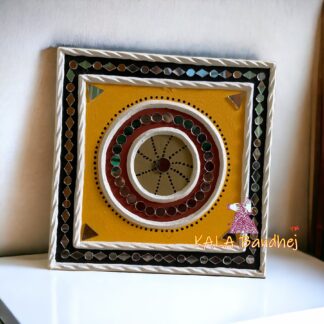
Square 6 X 6 Mud Work Frame Lippan Art Hand Made 18
Sale! Original price was: ₹2,500.00.₹790.00Current price is: ₹790.00. Add to basket -
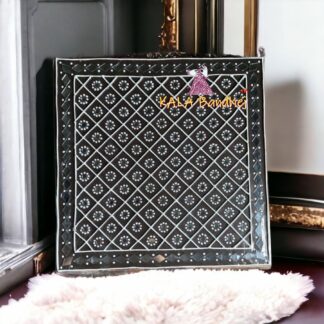
Square 12 X 12 Mud Work Frame Lippan Art Hand Made 27
Sale! Original price was: ₹3,500.00.₹1,650.00Current price is: ₹1,650.00. Add to basket -
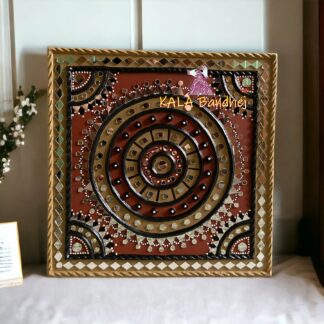
Square 12 X 12 Mud Work Frame Lippan Art Hand Made 28
Sale! Original price was: ₹3,500.00.₹1,650.00Current price is: ₹1,650.00. Add to basket -
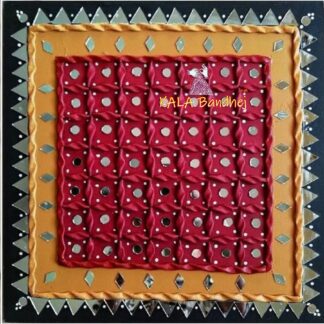
Square 12 X 12 Mud Work Frame Lippan Art Hand Made 19
Sale! Original price was: ₹3,500.00.₹1,650.00Current price is: ₹1,650.00. Add to basket -

Square 12 X 12 Mud Work Frame Lippan Art Hand Made 20
Sale! Original price was: ₹3,500.00.₹1,650.00Current price is: ₹1,650.00. Add to basket -
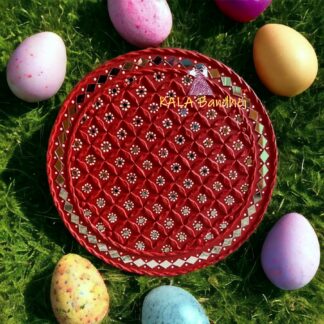
Circle 12 X 12 Mud Work Frame Lippan Art Hand Made 11
Sale! Original price was: ₹3,500.00.₹1,650.00Current price is: ₹1,650.00. Add to basket -
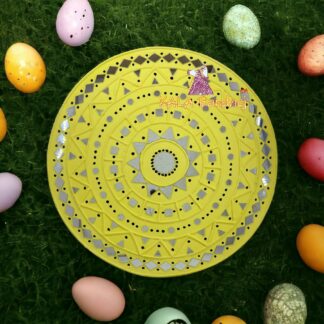
Circle 12 X 12 Mud Work Frame Lippan Art Hand Made 09
Sale! Original price was: ₹3,500.00.₹1,650.00Current price is: ₹1,650.00. Add to basket -
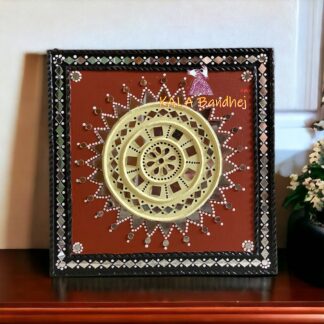
Square 12 X 12 Mud Work Frame Lippan Art Hand Made 15
Sale! Original price was: ₹3,500.00.₹1,650.00Current price is: ₹1,650.00. Add to basket -
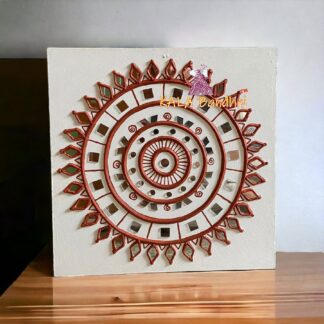
Square 12 X 12 Mud Work Frame Lippan Art Hand Made 17
Sale! Original price was: ₹3,500.00.₹1,650.00Current price is: ₹1,650.00. Add to basket -
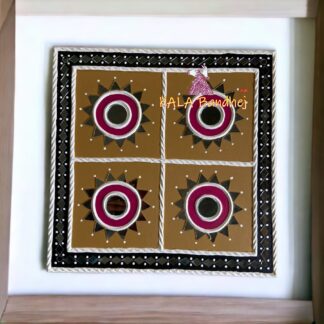
Square 12 X 12 Mud Work Frame Lippan Art Hand Made 09
Sale! Original price was: ₹3,500.00.₹1,650.00Current price is: ₹1,650.00. Add to basket -

Square 12 X 12 Mud Work Frame Lippan Art Hand Made 04
Sale! Original price was: ₹3,500.00.₹1,650.00Current price is: ₹1,650.00. Add to basket -
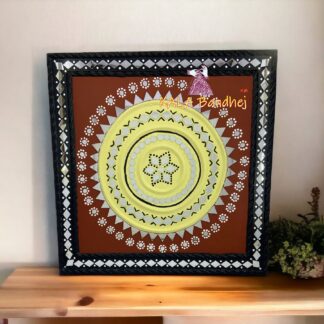
Square 12 X 12 Mud Work Frame Lippan Art Hand Made 05
Sale! Original price was: ₹3,500.00.₹1,650.00Current price is: ₹1,650.00. Add to basket -
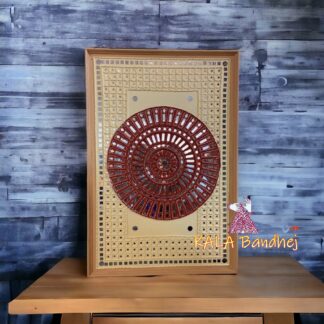
Rectangle 36 X 24 Mud Work Frame Lippan Art Hand Made Big Wall Frame
Sale! Original price was: ₹18,500.00.₹9,500.00Current price is: ₹9,500.00. Add to basket -
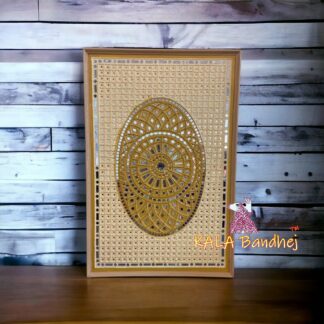
Rectangle 36 X 24 Mud Work Frame Lippan Art Hand Made Big Wall Frame
Sale! Original price was: ₹18,500.00.₹9,500.00Current price is: ₹9,500.00. Add to basket -
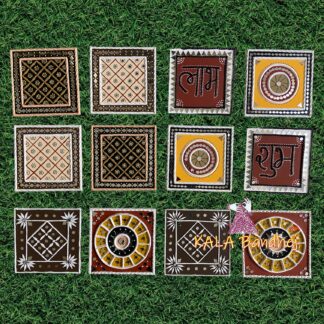
Square 6 X 6 Mud Work Frame Lippan Art Hand Made Combo Of 12
Sale! Original price was: ₹15,000.00.₹7,200.00Current price is: ₹7,200.00. Add to basket -
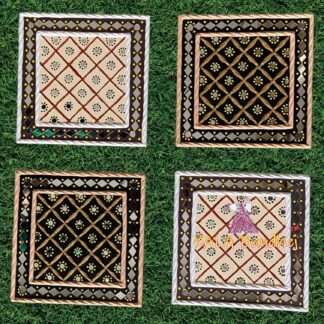
Square 6 X 6 Mud Work Frame Lippan Art Hand Made Combo Of 4
Sale! Original price was: ₹6,500.00.₹2,600.00Current price is: ₹2,600.00. Add to basket -
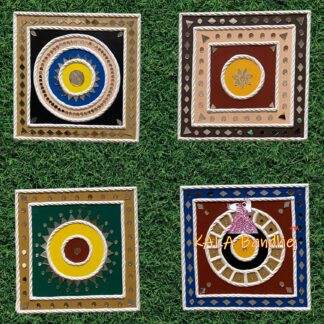
Square 6 X 6 Mud Work Frame Lippan Art Hand Made Combo Of 4
Sale! Original price was: ₹6,500.00.₹2,600.00Current price is: ₹2,600.00. Add to basket -
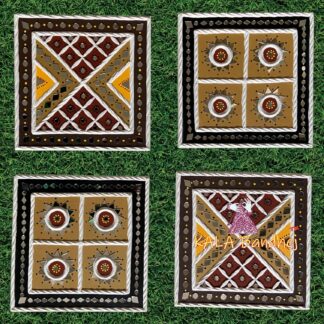
Square 6 X 6 Mud Work Frame Lippan Art Hand Made Combo Of 4
Sale! Original price was: ₹6,500.00.₹2,600.00Current price is: ₹2,600.00. Add to basket -

Square 6 X 6 Mud Work Frame Lippan Art Hand Made Combo Of 4
Sale! Original price was: ₹6,500.00.₹2,600.00Current price is: ₹2,600.00. Add to basket -
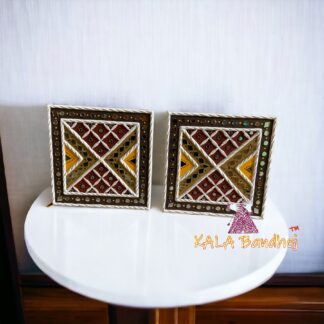
Square 6 X 6 Mud Work Frame Lippan Art Hand Made Combo Of 2
Sale! Original price was: ₹2,500.00.₹1,400.00Current price is: ₹1,400.00. Add to basket -
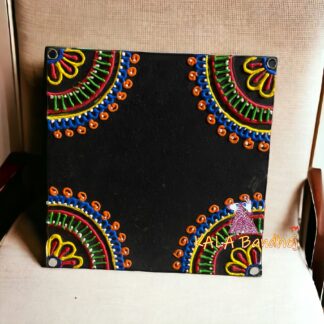
Square 6 X 6 Mud Work Frame Lippan Art Hand Made 33
Sale! Original price was: ₹2,500.00.₹790.00Current price is: ₹790.00. Add to basket -

Square 6 X 6 Mud Work Frame Lippan Art Hand Made 30
Sale! Original price was: ₹2,500.00.₹790.00Current price is: ₹790.00. Add to basket -
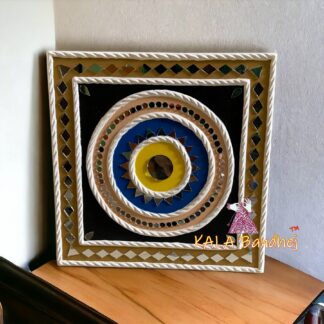
Square 6 X 6 Mud Work Frame Lippan Art Hand Made 29
Sale! Original price was: ₹2,500.00.₹790.00Current price is: ₹790.00. Add to basket -
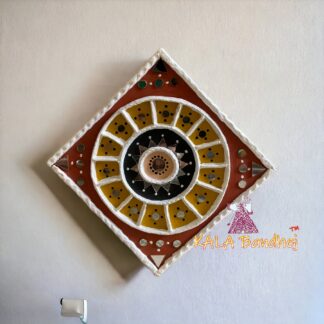
Square 6 X 6 Mud Work Frame Lippan Art Hand Made 27
Sale! Original price was: ₹2,500.00.₹790.00Current price is: ₹790.00. Add to basket -
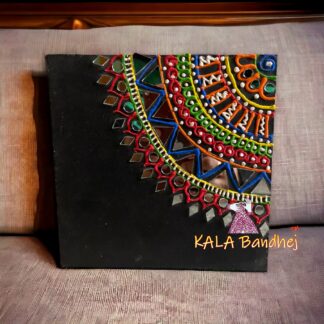
Square 6 X 6 Mud Work Frame Lippan Art Hand Made 24
Sale! Original price was: ₹2,500.00.₹790.00Current price is: ₹790.00. Add to basket -
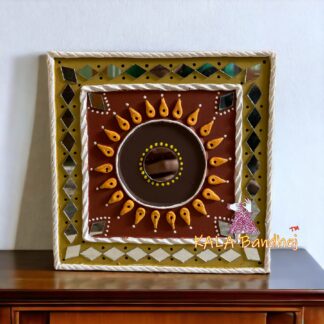
Square 6 X 6 Mud Work Frame Lippan Art Hand Made 23
Sale! Original price was: ₹2,500.00.₹790.00Current price is: ₹790.00. Add to basket -
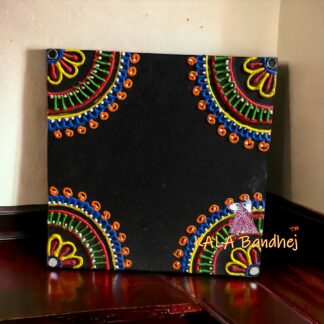
Square 6 X 6 Mud Work Frame Lippan Art Hand Made 21
Sale! Original price was: ₹2,500.00.₹790.00Current price is: ₹790.00. Add to basket -

Square 6 X 6 Mud Work Frame Lippan Art Hand Made 20
Sale! Original price was: ₹2,500.00.₹790.00Current price is: ₹790.00. Add to basket -
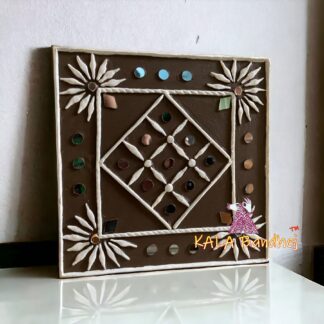
Square 6 X 6 Mud Work Frame Lippan Art Hand Made 19
Sale! Original price was: ₹2,500.00.₹790.00Current price is: ₹790.00. Add to basket -
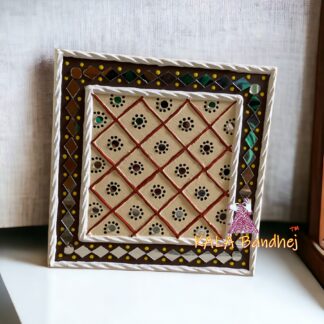
Square 6 X 6 Mud Work Frame Lippan Art Hand Made 17
Sale! Original price was: ₹2,500.00.₹790.00Current price is: ₹790.00. Add to basket -
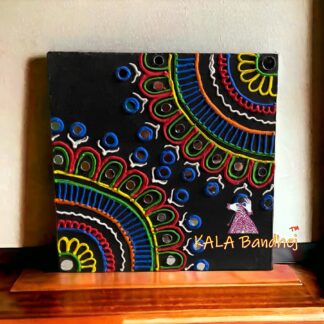
Square 6 X 6 Mud Work Frame Lippan Art Hand Made 16
Sale! Original price was: ₹2,500.00.₹790.00Current price is: ₹790.00. Add to basket -
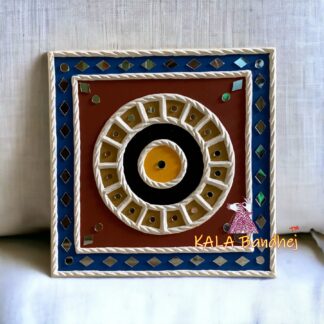
Square 6 X 6 Mud Work Frame Lippan Art Hand Made 15
Sale! Original price was: ₹2,500.00.₹790.00Current price is: ₹790.00. Add to basket -
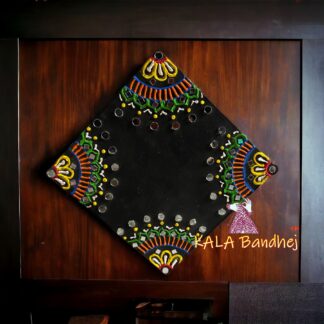
Square 6 X 6 Mud Work Frame Lippan Art Hand Made 14
Sale! Original price was: ₹2,500.00.₹790.00Current price is: ₹790.00. Add to basket -
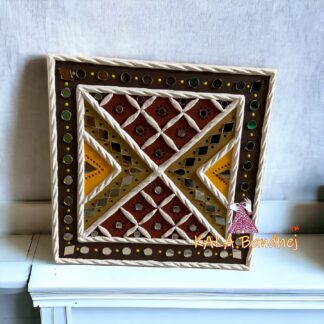
Square 6 X 6 Mud Work Frame Lippan Art Hand Made 13
Sale! Original price was: ₹2,500.00.₹790.00Current price is: ₹790.00. Add to basket -

Square 6 X 6 Mud Work Frame Lippan Art Hand Made 12
Sale! Original price was: ₹2,500.00.₹790.00Current price is: ₹790.00. Add to basket -
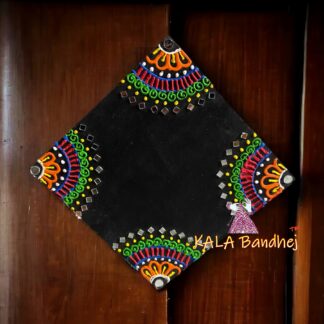
Square 6 X 6 Mud Work Frame Lippan Art Hand Made 11
Sale! Original price was: ₹2,500.00.₹790.00Current price is: ₹790.00. Add to basket -

Square 6 X 6 Mud Work Frame Lippan Art Hand Made 10
Sale! Original price was: ₹2,500.00.₹790.00Current price is: ₹790.00. Add to basket -
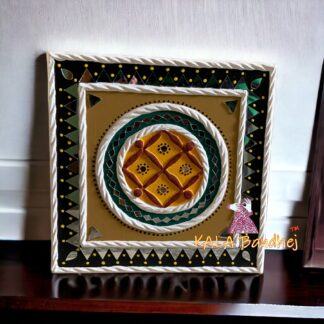
Square 6 X 6 Mud Work Frame Lippan Art Hand Made 09
Sale! Original price was: ₹2,500.00.₹790.00Current price is: ₹790.00. Add to basket -
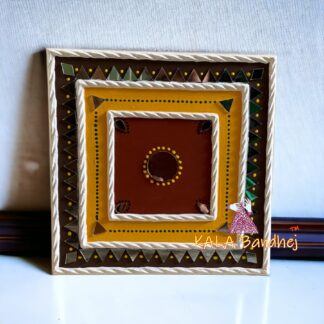
Square 6 X 6 Mud Work Frame Lippan Art Hand Made 08
Sale! Original price was: ₹2,500.00.₹790.00Current price is: ₹790.00. Add to basket -
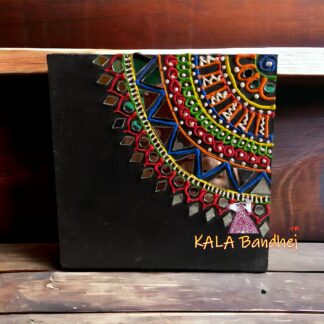
Square 6 X 6 Mud Work Frame Lippan Art Hand Made 07
Sale! Original price was: ₹2,500.00.₹790.00Current price is: ₹790.00. Add to basket -
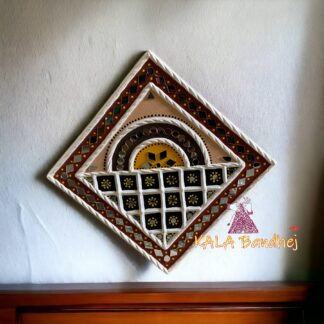
Square 6 X 6 Mud Work Frame Lippan Art Hand Made 06
Sale! Original price was: ₹2,500.00.₹790.00Current price is: ₹790.00. Add to basket -

Square 6 X 6 Mud Work Frame Lippan Art Hand Made 05
Sale! Original price was: ₹2,500.00.₹790.00Current price is: ₹790.00. Add to basket -
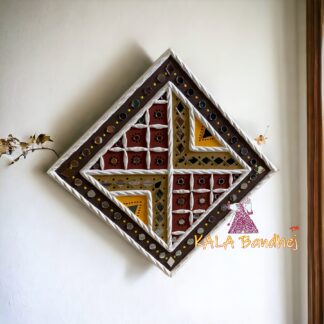
Square 6 X 6 Mud Work Frame Lippan Art Hand Made 04
Sale! Original price was: ₹2,500.00.₹790.00Current price is: ₹790.00. Add to basket -
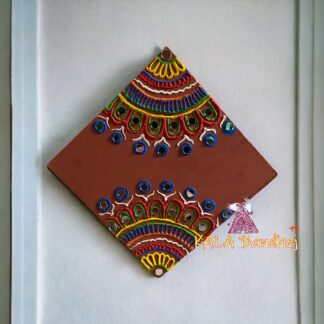
Square 6 X 6 Mud Work Frame Lippan Art Hand Made 03
Sale! Original price was: ₹2,500.00.₹790.00Current price is: ₹790.00. Add to basket -
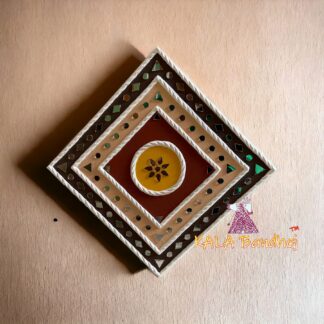
Square 6 X 6 Mud Work Frame Lippan Art Hand Made 02
Sale! Original price was: ₹2,500.00.₹790.00Current price is: ₹790.00. Add to basket -
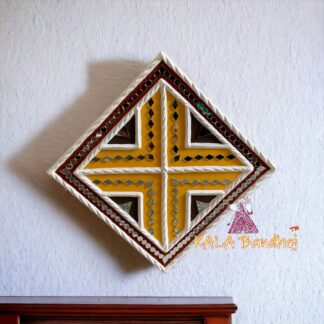
Square 6 X 6 Mud Work Frame Lippan Art Hand Made 01
Sale! Original price was: ₹2,500.00.₹790.00Current price is: ₹790.00. Add to basket -
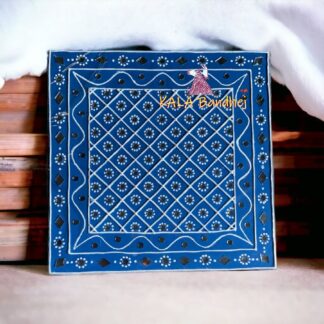
Square 12 X 12 Mud Work Frame Lippan Art Hand Made 26
Sale! Original price was: ₹3,500.00.₹1,650.00Current price is: ₹1,650.00. Add to basket -
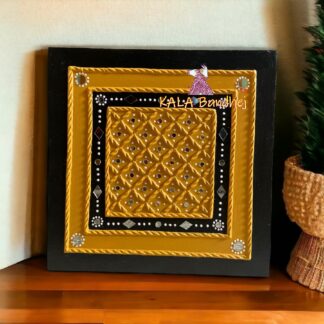
Square 12 X 12 Mud Work Frame Lippan Art Hand Made 25
Sale! Original price was: ₹3,500.00.₹1,650.00Current price is: ₹1,650.00. Add to basket -
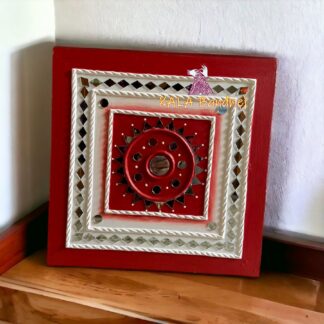
Square 12 X 12 Mud Work Frame Lippan Art Hand Made 24
Sale! Original price was: ₹3,500.00.₹1,650.00Current price is: ₹1,650.00. Add to basket -
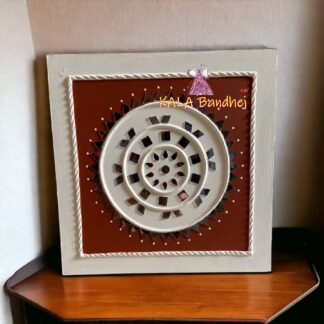
Square 12 X 12 Mud Work Frame Lippan Art Hand Made 23
Sale! Original price was: ₹3,500.00.₹1,650.00Current price is: ₹1,650.00. Add to basket -
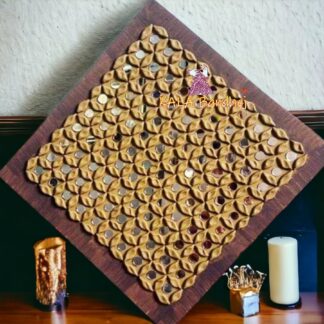
Square 12 X 12 Mud Work Frame Lippan Art Hand Made 22
Sale! Original price was: ₹3,500.00.₹1,650.00Current price is: ₹1,650.00. Add to basket -
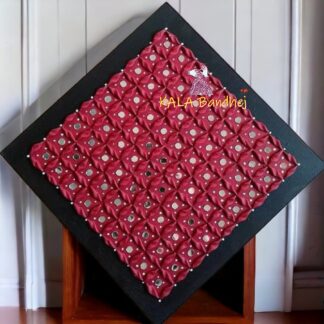
Square 12 X 12 Mud Work Frame Lippan Art Hand Made 21
Sale! Original price was: ₹3,500.00.₹1,650.00Current price is: ₹1,650.00. Add to basket -
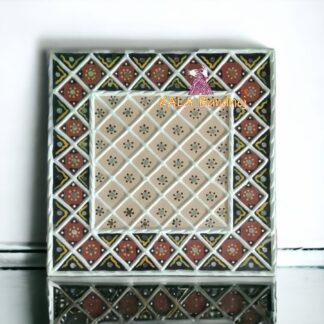
Square 12 X 12 Mud Work Frame Lippan Art Hand Made 18
Sale! Original price was: ₹3,500.00.₹1,650.00Current price is: ₹1,650.00. Add to basket -
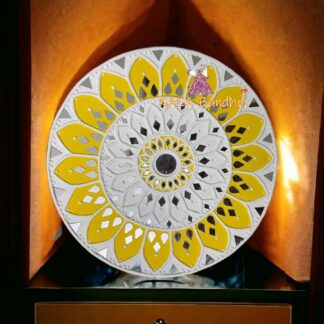
Circle 12 X 12 Mud Work Frame Lippan Art Hand Made 15
Sale! Original price was: ₹3,500.00.₹1,650.00Current price is: ₹1,650.00. Add to basket -

Circle 12 X 12 Mud Work Frame Lippan Art Hand Made 13
Sale! Original price was: ₹3,500.00.₹1,650.00Current price is: ₹1,650.00. Add to basket -
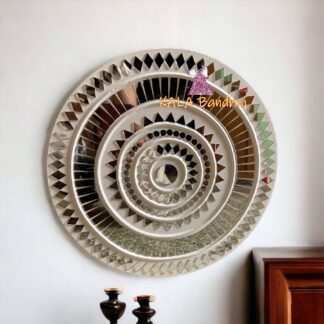
Circle 12 X 12 Mud Work Frame Lippan Art Hand Made 12
Sale! Original price was: ₹3,500.00.₹1,650.00Current price is: ₹1,650.00. Add to basket -
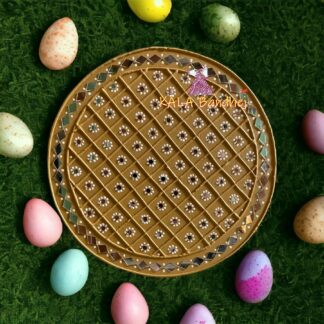
Circle 12 X 12 Mud Work Frame Lippan Art Hand Made 10
Sale! Original price was: ₹3,500.00.₹1,650.00Current price is: ₹1,650.00. Add to basket -

Circle 12 X 12 Mud Work Frame Lippan Art Hand Made 08
Sale! Original price was: ₹3,500.00.₹1,650.00Current price is: ₹1,650.00. Add to basket -
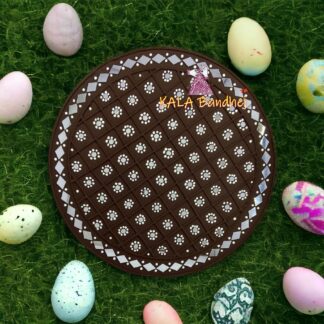
Circle 12 X 12 Mud Work Frame Lippan Art Hand Made 07
Sale! Original price was: ₹3,500.00.₹1,650.00Current price is: ₹1,650.00. Add to basket -
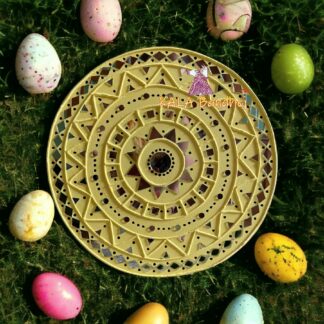
Circle 12 X 12 Mud Work Frame Lippan Art Hand Made 06
Sale! Original price was: ₹3,500.00.₹1,650.00Current price is: ₹1,650.00. Add to basket -

Circle 12 X 12 Mud Work Frame Lippan Art Hand Made 05
Sale! Original price was: ₹3,500.00.₹1,650.00Current price is: ₹1,650.00. Add to basket -
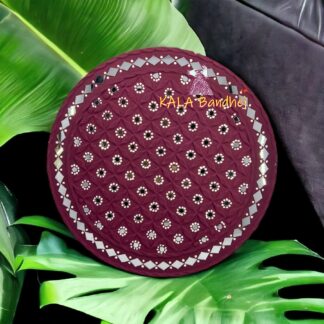
Circle 12 X 12 Mud Work Frame Lippan Art Hand Made 04
Sale! Original price was: ₹3,500.00.₹1,650.00Current price is: ₹1,650.00. Add to basket -

Circle 12 X 12 Mud Work Frame Lippan Art Hand Made 03
Sale! Original price was: ₹3,500.00.₹1,650.00Current price is: ₹1,650.00. Add to basket -
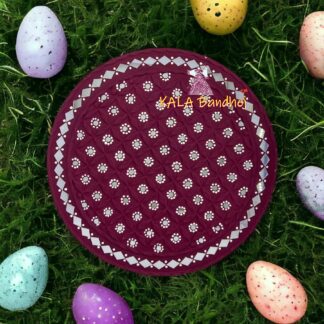
Circle 12 X 12 Mud Work Frame Lippan Art Hand Made 02
Sale! Original price was: ₹3,500.00.₹1,650.00Current price is: ₹1,650.00. Add to basket -
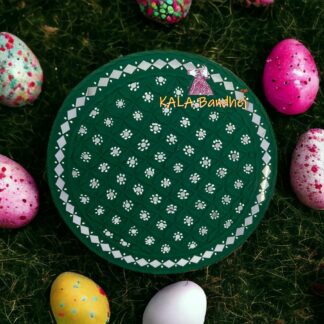
Circle 12 X 12 Mud Work Frame Lippan Art Hand Made 01
Sale! Original price was: ₹3,500.00.₹1,650.00Current price is: ₹1,650.00. Add to basket -
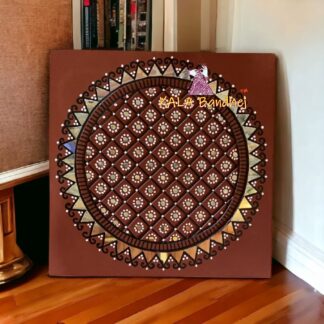
Square 12 X 12 Mud Work Frame Lippan Art Hand Made 16
Sale! Original price was: ₹3,500.00.₹1,650.00Current price is: ₹1,650.00. Add to basket -
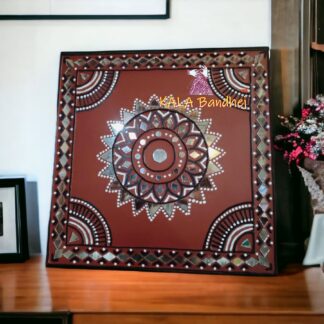
Square 12 X 12 Mud Work Frame Lippan Art Hand Made 14
Sale! Original price was: ₹3,500.00.₹1,650.00Current price is: ₹1,650.00. Add to basket -
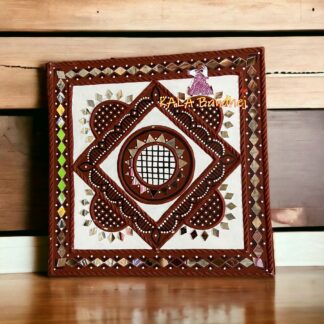
Square 12 X 12 Mud Work Frame Lippan Art Hand Made 13
Sale! Original price was: ₹3,500.00.₹1,650.00Current price is: ₹1,650.00. Add to basket -

Square 12 X 12 Mud Work Frame Lippan Art Hand Made 12
Sale! Original price was: ₹3,500.00.₹1,650.00Current price is: ₹1,650.00. Add to basket -
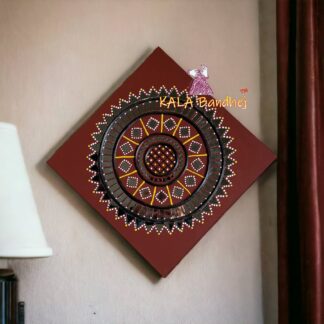
Square 12 X 12 Mud Work Frame Lippan Art Hand Made 11
Sale! Original price was: ₹3,500.00.₹1,650.00Current price is: ₹1,650.00. Add to basket -
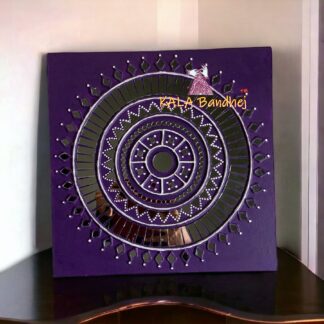
Square 12 X 12 Mud Work Frame Lippan Art Hand Made 10
Sale! Original price was: ₹3,500.00.₹1,650.00Current price is: ₹1,650.00. Add to basket -
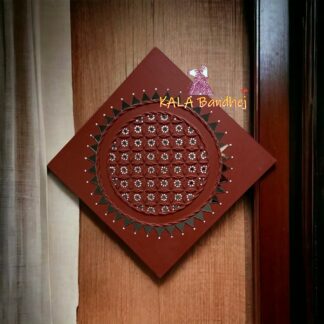
Square 12 X 12 Mud Work Frame Lippan Art Hand Made 08
Sale! Original price was: ₹3,500.00.₹1,650.00Current price is: ₹1,650.00. Add to basket -
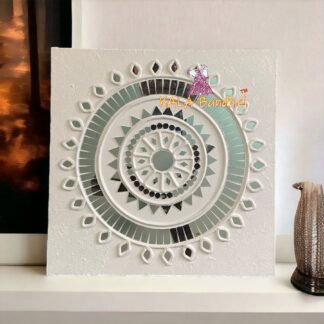
Square 12 X 12 Mud Work Frame Lippan Art Hand Made 07
Sale! Original price was: ₹3,500.00.₹1,650.00Current price is: ₹1,650.00. Add to basket -
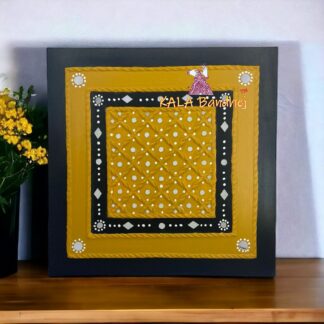
Square 12 X 12 Mud Work Frame Lippan Art Hand Made 06
Sale! Original price was: ₹3,500.00.₹1,650.00Current price is: ₹1,650.00. Add to basket -
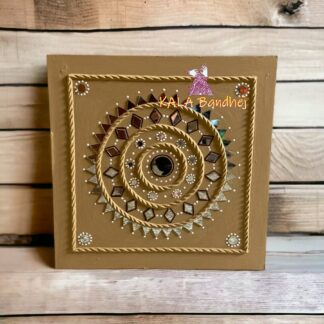
Square 12 X 12 Mud Work Frame Lippan Art Hand Made 03
Sale! Original price was: ₹3,500.00.₹1,650.00Current price is: ₹1,650.00. Add to basket -
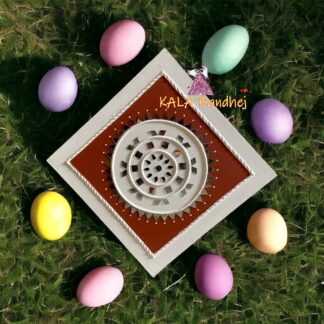
Square 12 X 12 Mud Work Frame Lippan Art Hand Made 02
Sale! Original price was: ₹3,500.00.₹1,650.00Current price is: ₹1,650.00. Add to basket -

Square 12 X 12 Mud Work Frame Lippan Art Hand Made 01
Sale! Original price was: ₹3,500.00.₹1,650.00Current price is: ₹1,650.00. Add to basket
